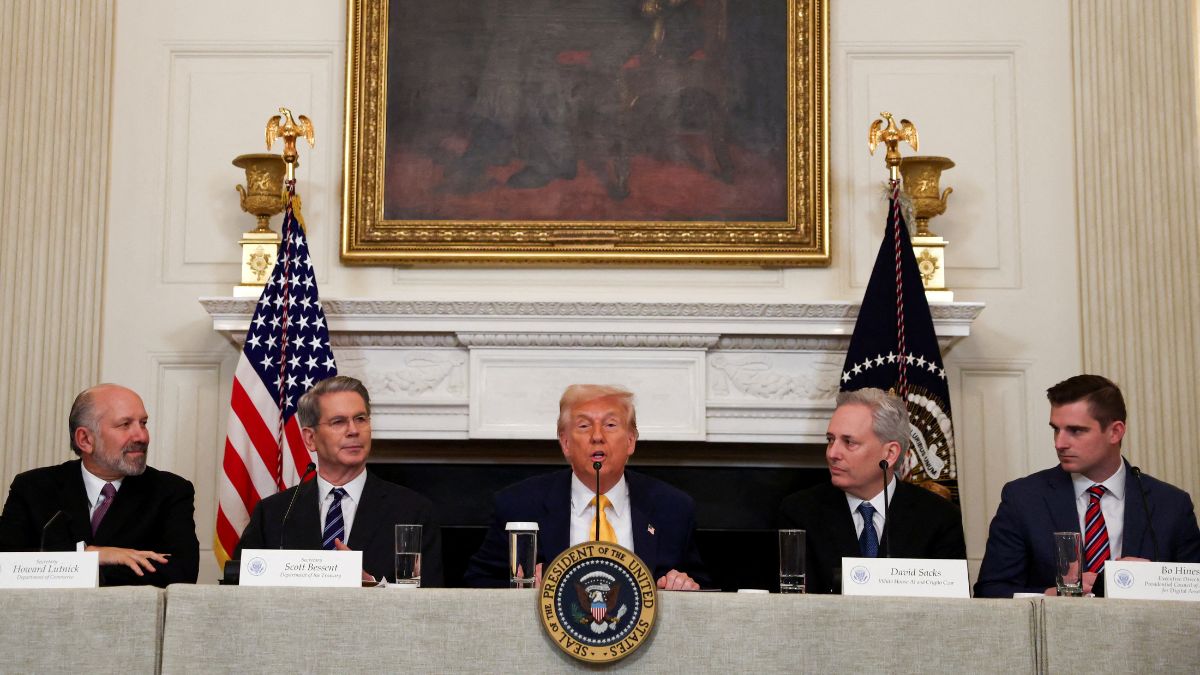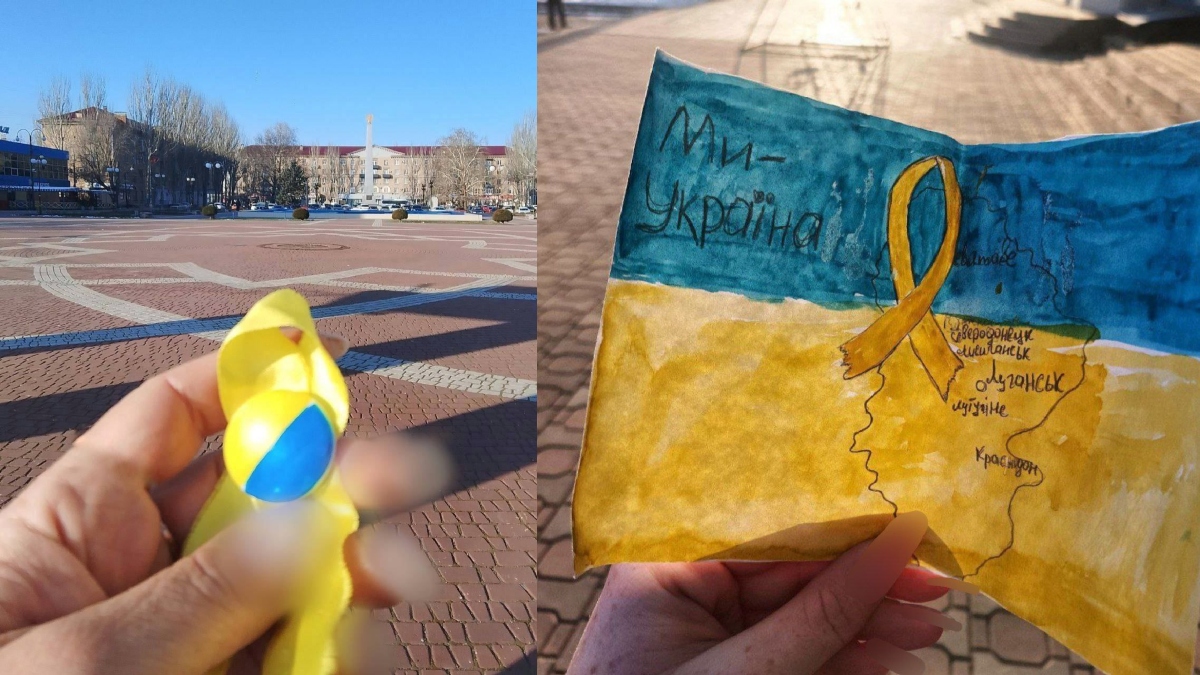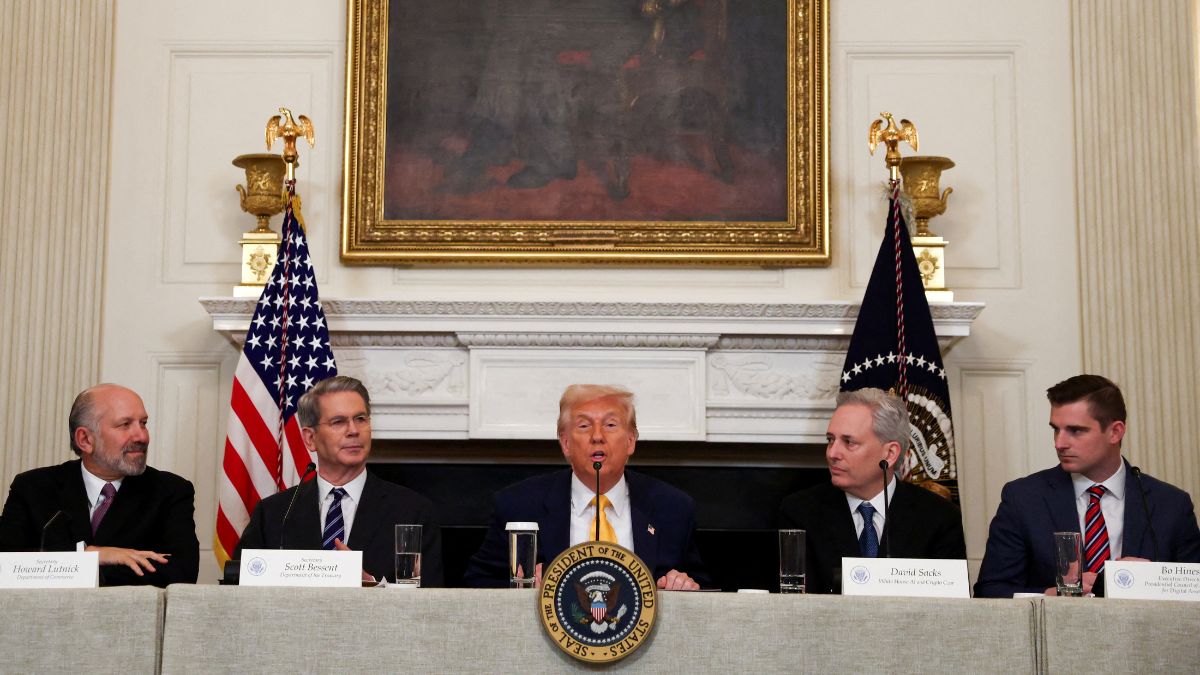A long-expected megaquake could kill up to 300,000 people and set off destructive tsunamis in Japan.
A new report from the Japanese government warns that a powerful earthquake in the Nankai Trough, near Japan’s Pacific coast, could lead to losses amounting to $1.81 trillion.
ALSO READ | When a powerful earthquake and tsunami triggered the Fukushima nuclear disaster in Japan
The report comes after a devastating 7.7-magnitude earthquake in Myanmar, which killed 2,000 people, severely damaged Mandalay’s airport, and caused roads to buckle while toppling hundreds of buildings across central parts of the country.
In 2024, a magnitude 7.1 earthquake struck southern Japan, leaving 14 people injured.
We explain what the report reveals, what the Nankai Trough is, and why this region is particularly vulnerable.
What Japanese government’s report says
A government report released on Monday warns that up to 300,000 people could lose their lives in the event of a long-anticipated megaquake off Japan’s Pacific coast, possibly causing catastrophic tsunamis.
According to the report, accessed by news agency Reuters, such an earthquake could cause economic losses of up to $1.81 trillion.
This figure, equivalent to 270.3 trillion yen, almost half of Japan’s total gross domestic product (GDP), marks a sharp increase from the previous estimate of 214.2 trillion yen. The updated projection accounts for inflationary pressures and revised terrain and ground data, which have expanded the predicted flood zones, the Cabinet Office report stated.
In the worst-case scenario, a magnitude 9 earthquake could force the evacuation of 1.23 million people, around 10% of Japan’s population. If the quake were to strike late at night during winter, as many as 298,000 lives could be lost due to tsunamis and building collapses, the report warned.
Last year, Japan issued its first-ever megaquake advisory, stating that there was a “relatively higher chance” of a magnitude 9 quake in the trough, following a magnitude 7.1 earthquake near its edge.
ALSO READ | This Week in Explainers: What made the Myanmar earthquake so deadly?
How damaging can a megaquake be?
In 2013, a government disaster prevention team warned that a magnitude 9.1 earthquake in the Nankai Trough could trigger a tsunami over 10 metres (33 feet) high within minutes.
Such an event could result in up to 323,000 deaths, the destruction of more than 2 million buildings, and economic losses exceeding 220 trillion yen ($1.5 trillion) across vast areas of Japan’s Pacific coast.
What is the Nankai Trough?
Japan is among the world’s most earthquake-prone nations, with the government estimating an 80% likelihood of a magnitude 8 to 9 earthquake occurring along the Nankai Trough, a seismically active seabed zone.
The Nankai Trough is an undersea trench stretching approximately 800 kilometres (500 miles) along Japan’s Pacific coast, from Hyuganada near Kyushu’s southeastern waters to Suruga Bay in central Japan.
🧵 Japan's next major Disaster, a Thread
— 아린유니 Arin Yuni 🇰🇵 (@Arin_Yumi) March 11, 2025
As we remember the 2011 megaquake, we must stay vigilant and prepared for the next major disaster that could strike Japan.
Nankai megathrust earthquakes are massive quakes that occur along the Nankai Trough, where the Philippine Sea… pic.twitter.com/DPbUjRHcIV
According to the Japan Meteorological Agency (JMA), the Philippine Sea Plate exerts pressure on the Eurasian Plate in this region, occasionally causing it to snap back - a movement that could lead to a megaquake and tsunami.
The last major Nankai Trough earthquake, which struck off Shikoku in 1946, had a preliminary magnitude of 8.0 and resulted in more than 1,300 deaths.
Japan had previously predicted a 70-80% probability of a magnitude 8 to 9 earthquake occurring in this area within the next 30 years.
The United States Geological Survey (USGS) notes that an earthquake’s magnitude is linked to the length of the fault where it occurs.
The most powerful earthquake ever recorded was a magnitude 9.5 event in Chile on May 22, 1960, occurring along a fault nearly 1,600 kilometres (1,000 miles) long.
ALSO READ | India, US and more… How countries are extending aid to Myanmar after deadly quake
What makes Nankai Trough dangerous?
The Nankai Trough extends from Suruga Bay in Shizuoka Prefecture in the northeast to the Hyuganada Sea in the southwest, marking the boundary where the Philippine Sea Plate is subducted beneath the Eurasian Plate.
As the plates move, they become stuck, accumulating immense amounts of energy that are released when they break free, possibly causing massive earthquakes.
The tectonic strain that has built up over centuries in the Nankai Trough poses a huge threat, as it could lead to a series of megaquakes.
Historical records show that the Nankai Trough has experienced major earthquakes every 100 to 150 years on average.
Research from Tohoku and Kyoto Universities indicates that a magnitude 7+ quake in the region increases the likelihood of a following tremor by 100 to 3,600 times within a week.
In response to this warning, the Japan Meteorological Agency issued an advisory last year, which led the Fire and Disaster Management Agency to instruct 707 municipalities considered at risk from a Nankai Trough earthquake to review their response strategies and evacuation plans.
Experts and officials also urged the public to remain calm, continue their daily social and economic activities, and prepare for emergencies by securing food, water, and discussing evacuation plans with family members.
In some areas, towns closed beaches and cancelled annual events, creating challenges for travellers during Japan’s Obon holiday week last week, a time traditionally marked by festivals and fireworks across the nation.
Why is Japan so prone to earthquakes?
Japan frequently makes headlines due to earthquake-related damage, with the most notable example being the March 2011 triple disaster. This included a 9.0-magnitude earthquake, a tsunami, and a nuclear meltdown, which resulted in the worst nuclear disaster since Chernobyl in 1986.
Located on top of four major tectonic plates, Japan is one of the most seismically active regions in the world.
Saeko Kita, a seismologist at the International Institute of Seismology and Earthquake Engineering in Ibaraki, told the Washington Post that Japan and its surrounding areas account for 18% of the world’s earthquakes due to the region’s active tectonic activity.
Each year, Japan experiences around 1,500 earthquakes that are strong enough to be felt by people, with seismic activity recorded roughly every five minutes.
With inputs from agencies


)
)
)
)
)
)
)
)
)



